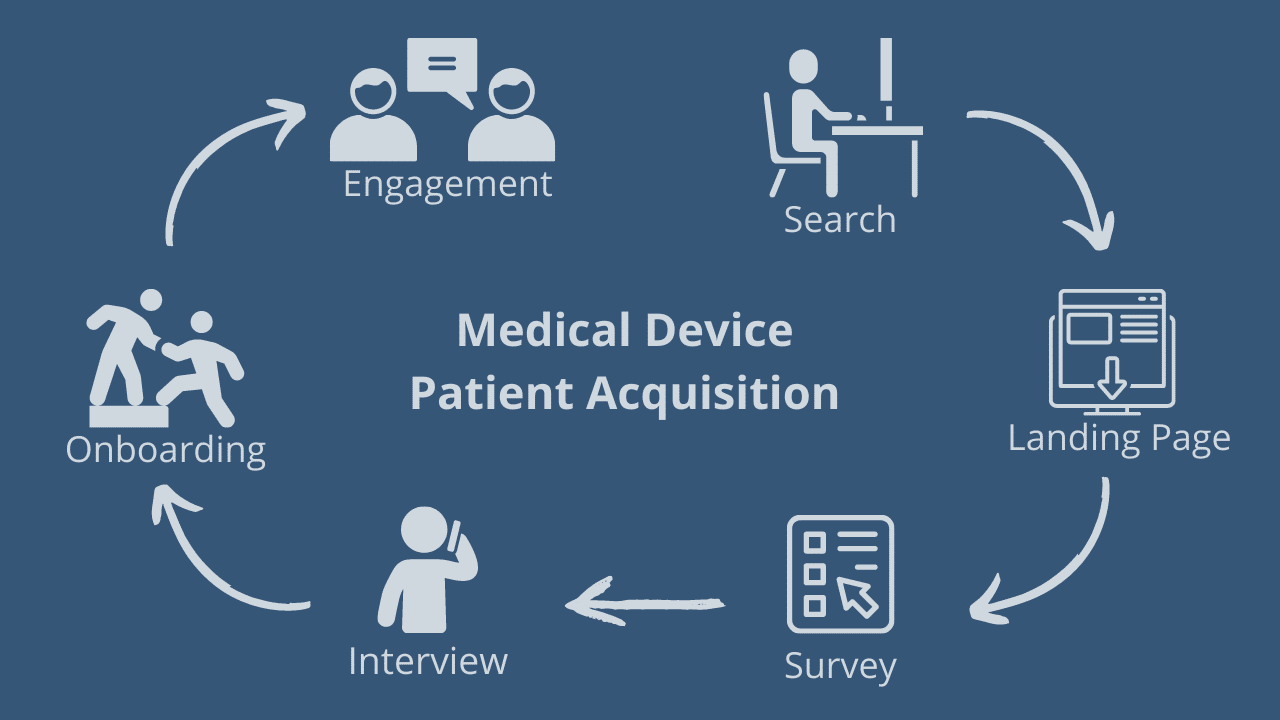
Traditional pain management solutions have adverse side effects and addictive properties, and pressure to find non-addictive therapies has driven an increase in demand for innovative solutions. Today, innovation in the medical device manufacturing industry has created pain management solutions that do not have the harmful side effects or the addictive properties associated with traditional methods.
There are now non-drug therapies for migraines, nerve pain, joint pain, muscle pain, arthritis, frozen shoulder, plantar fasciitis, etc., and these treatments are based on electricity, magnetism, light, low-level laser, vibration, shock waves, and radio waves. Some devices make use of long-established technologies that have been refined and repurposed for these specific pain treatment use cases.
Some pain management devices are simply ordered online and delivered to a patient along with instructions. Other devices require the active management of each patient throughout the course of treatment.
Making someone aware of a novel, device-based treatment and then enticing that person to contact the device’s manufacturer is not an, “if you build it, they will come” proposition. As with any disruptive technology, well-defined marketing, sales, and operational approaches are critical for creating awareness, generating leads, and ultimately qualifying and enrolling new patients in a program that’s designed for success.
Create Awareness
Creating awareness falls mainly into the hands of the marketing team, which involves pursuing well-known marketing approaches such as SEO, content marketing, social media engagement, and paid ads.
Demand generation requires properly articulating patient benefits in website content and thereby turning visitors into prospects.
Convert Website Visitors
People who are interested in a medical device’s pain treatment for their condition need to be properly guided so that they can ultimately be channeled into the intake process.
When a patient arrives at a medical device manufacturer’s website—via search, an ad, or another source—calls to action should direct the visitor to a popup form or a landing page with a form. A visitor will then be asked to enter some basic contact information into the form, and then be further qualified to determine whether or not they are a fit for treatment with the device.

Gather Additional Prospect Information
After the initial contact information is captured into a CRM system such as Salesforce Health Cloud, additional information needs to be gathered from the prospective patient.
This gathering of information can be accomplished by sending the prospect an autoresponder email using a marketing tool like Salesforce Marketing Cloud — along with a link to a HIPAA-compliant survey. The survey is used to learn more about the prospective patient, whether they are pregnant, whether the pain emanates from a replacement joint, etc.
Survey responses then securely update the prospect’s record in the device manufacturer’s CRM system. If a prospect abandons a survey part way through entering responses, additional email automation can be used to steer the prospect back to the survey for completion.
Interview the Prospective Patient
The next layer of qualification may be an interview that’s conducted by an intake coordinator.
This is the point at which financial and insurance information is requested from the prospective patient. Also, any free form information that was not covered by the survey can be obtained.
All information collected from the interview is also stored securely in a CRM system.
Onboard the Patient
Once a patient is qualified and has decided to move forward, there are several onboarding steps.
First, a patient is paired with the appropriate facility or center, based on their home or work location. The patient is also provided with credentials for the online portal, which is a part of the CRM system. This will be an important element of the patient’s care.

Engage the Patient
Getting certain people to stick with a course of treatment can be challenging. Once a patient is on board, a therapist needs to engage the patient who is in their care.
The patient can log into a portal, such as one served up by Salesforce Experience Cloud, to view their appointment calendar, message or chat with a therapist, or journal their pain levels throughout the course of treatment. The more opportunities that a patient has to feel fully connected to the process, the more likely they are to have a positive outcome.
Conclusion
As non-drug, pain management device therapies proliferate, the manufacturers of these devices need better ways to attract, engage and retain patients.
Once the end-to-end process—from creating awareness to enrolling and treating a patient—has been defined, the right technologies can be applied to the interactions along the patient journey.
Salesforce Health Cloud, Marketing Cloud, and Experience Cloud can be used to manage the end-to-end patient journey for medical device manufacturers.
To learn more, please get in touch with us.



